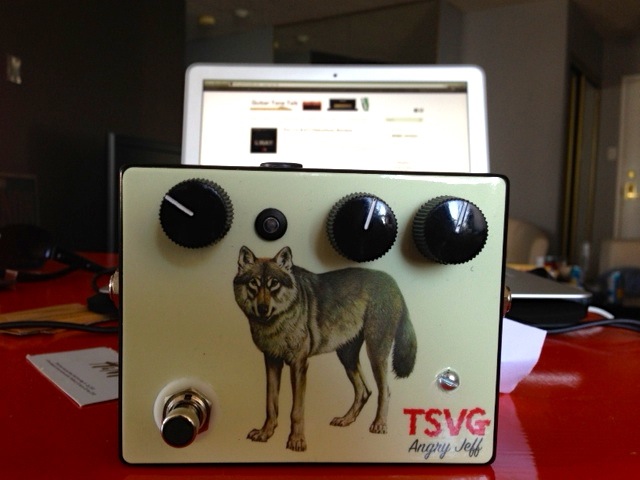This is a guest post by Mike Batke
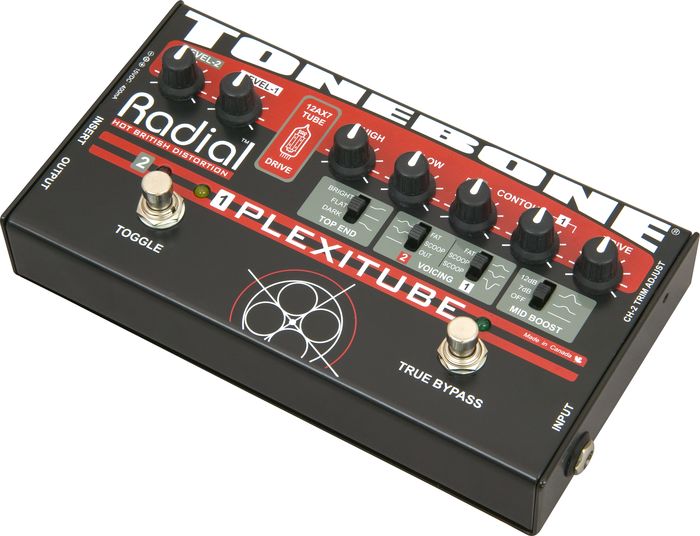 Radial Engineering is known more in professional circles for the high quality DI boxes they make for sound reinforcement in both live and studio applications. A few people know that they also make other versatile products. Their Tonebone Plexitube Hot British Distortion is another one of those quality products.
Radial Engineering is known more in professional circles for the high quality DI boxes they make for sound reinforcement in both live and studio applications. A few people know that they also make other versatile products. Their Tonebone Plexitube Hot British Distortion is another one of those quality products.
The Plexitube replicates the distortion characteristics of the drive channel of a Marshall Plexi amplifier. However, I find the Plexitube is more like a FLEX-i-TONE.
Here’s why: Overall you have a few controls to control the amount of drive, and the umbrella EQ of the pedal: adding or flattening the mids, or making it brighter or darker overall AND to select two frequencies ‘High’ (at 4.3kHz) and ‘Low‘ (at 100Hz). This allows guitarists to sonically ‘cut through’ the rest of the band with great clarity.
Speaking of clarity, the Plexitube retains string definition and picking dynamics even at high distortion saturation levels due to the included, built-in 12AX7 tube.
Simply, the Plexitube gives guitarists two distinct distortions in one:
Channel 1 (C1) is considered the ‘Rhythm’ channel.
Channel 2 (C2) considered the ‘Lead’ channel. And they’re EQ’d in a way that somewhat supports those ‘labels.’
However, to label the channels that way limits what they’re capable of.
The ‘Drive‘ knob allows you to dial in the distortion level overall. Though, C2 comes with a fine tuning screw adjustment on the side of the pedal allowing further adjustements.
C2 ALSO comes with its own effects loop allowing for a loop of wah, delay, chorus, etc.
In each channel you get a variety of EQ settings that you can change and dial in using a ‘Contour’ control to adjust the ‘Q’-level or sweet spot of the EQ. This allows two completely different distortion voicings, or two that are quite similar with maybe more saturation in C2.
Another of the Plexitube’s cool features is the main on/off (bypass) switch and a switch to change from C1 to C2 and vice versa. You don’t need to have the unit ‘on’ to switch from C1 to C2. You can do that silently while you’re in ‘off (bypss)’ mode, to allow for verse/chorus changes, or changes between songs, etc.
There is a limitless supply of sound in this pedal. I’ve found that turning any of the knobs a quarter turn can drastically change the sound. I found it easier to think of the Plexitube as two separate distortion pedals, called C1 and C2.
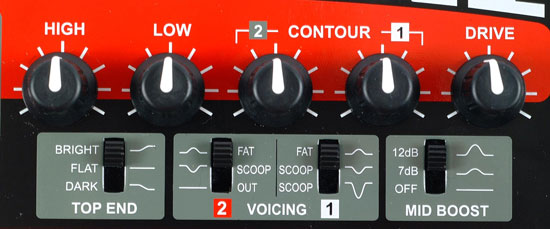
So, how does it sound?
Fantastic. In the time I’ve owned this pedal, I’ve been able to dial in anything from a mild blues boost to drive my amplifier a bit harder, to the super-saturated (yet clear) super high-gain sound of death metal. Yes, the sound is clearly Marshall plexi. And to get that sound wasn’t difficult — even with my Vox AC302CX. I’ve also tried the pedal through a 4×12 and the sound is fuller and rounder (more spread in the highs and especially the lows).
I suggest starting the pedal as it comes stock with everything dialed in at 12 o’clock. Then plug in the pedal and start playing and adjusting. If you playing with a band, it’s easy to find your ‘space‘ in the mix and not feel you’re sacrificing your tone.
Personally, I’ve owned a lot of distortion pedals excellent ones and some duds. With the Plexitube, it’s possible to eliminate all of those if you don’t mind turning a few knobs during a performance. As I’ve said, this pedal really does define flex-i-tone.
My biggest beef (and it’s not really that big) about the Plexitube is that the power supply consists of a 15 volt adapter. There are no provisions for batteries, if you like to go that route. However, Radial Engineering DOES provide a range of optional power supplies so you can power the Plexitube anywhere on the planet.
At around $350.00 retail, the price may seem steep, but considering the quality of the distortion, switching, and that it has it’s own effects loop, and that you’re getting two great distortion capabilities, it’s well worth the money no matter what level of player you are or the genre of music you’re playing.
View the Tonebone Plexitube Tube Distortion on Amazon.

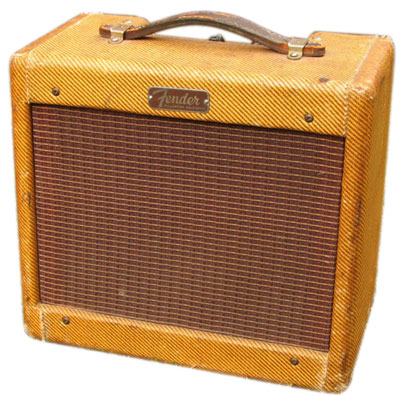 a small amplifier is that they really can be pushed. Whether it’s an overdrive, a boost or just the volume control used, a small valve amp at full tilt truly gives off a magical sound. Small amps are also fantastic for recording both at home, and in the studio. Tracks such as Layla, or albums such as Zeppelin I stand as a worthy testament to this. Versatility is hardly a problem here either, with companies such as Blackstar and Laney offering multi-channel low wattage amplifiers. However, much like before, there are some shortcomings of the pipsqueaks of the amplifier world. Volume can often be an issue, as although most of the low wattage amplifiers on the market can provide a hefty right hook, many actually struggle to climb over the top of a drummer. Furthermore, although the volume of the amplifiers can’t always compete in a band without a microphone, they’re often surprisingly too loud for use in the home. Thankfully, many companies are aware of this, and do provide a low wattage option on their little monsters. Another problem with using a smaller amplifier is that many sacrifice speaker quality in a bid to make the amplifier more affordable. However, if you are privy to vintage or boutique gear then this is less likely to be a problem. Besides, as mentioned earlier, most venues supply an external speaker cabinet that can always be paired with a smaller amplifier providing it has an external speaker output.
a small amplifier is that they really can be pushed. Whether it’s an overdrive, a boost or just the volume control used, a small valve amp at full tilt truly gives off a magical sound. Small amps are also fantastic for recording both at home, and in the studio. Tracks such as Layla, or albums such as Zeppelin I stand as a worthy testament to this. Versatility is hardly a problem here either, with companies such as Blackstar and Laney offering multi-channel low wattage amplifiers. However, much like before, there are some shortcomings of the pipsqueaks of the amplifier world. Volume can often be an issue, as although most of the low wattage amplifiers on the market can provide a hefty right hook, many actually struggle to climb over the top of a drummer. Furthermore, although the volume of the amplifiers can’t always compete in a band without a microphone, they’re often surprisingly too loud for use in the home. Thankfully, many companies are aware of this, and do provide a low wattage option on their little monsters. Another problem with using a smaller amplifier is that many sacrifice speaker quality in a bid to make the amplifier more affordable. However, if you are privy to vintage or boutique gear then this is less likely to be a problem. Besides, as mentioned earlier, most venues supply an external speaker cabinet that can always be paired with a smaller amplifier providing it has an external speaker output.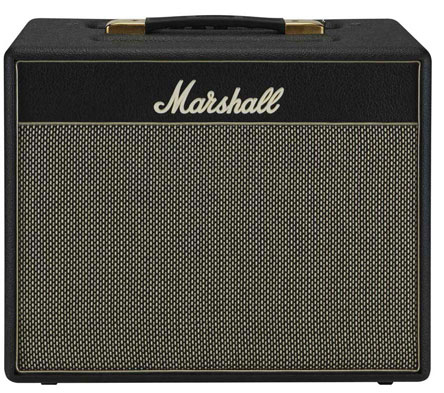


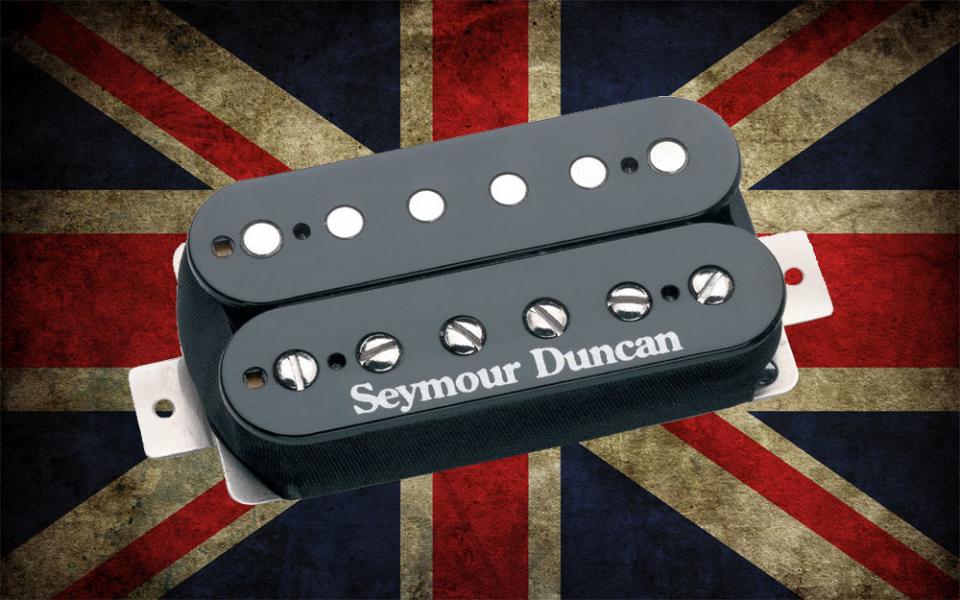 This is a guest post by James Abel
This is a guest post by James Abel
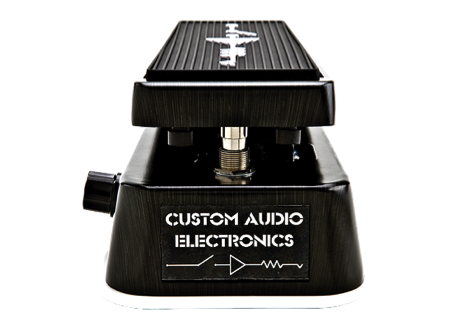
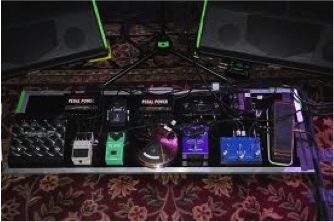 FX and other bits
FX and other bits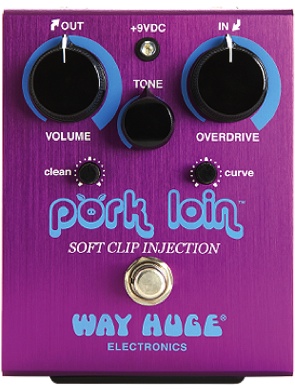
 Bringing in the clean and curve controls give the pedal a brighter tone. The clean pre-amp blend knob, in particular, helps to clean this pedal up nicely; it also gives it an almost transparent tone. Some might be lured into believing this pedal is a bit of a one trick pony, and they would be forgiven for this, had the internal trim-pots not been included. The trick to the versatility in this pedal lies with these pots. Situated in the guts of the piggy, they really do change the pedal. The presence control really opens up the top end giving it a real Marshall JMP kind of vibe, while the filter acts as a wide tone control for the clean pre-amp. The Drive mix is definitely the hidden gem here though. Turning it down in conjunction with increasing the clean pre-amp blend essentially turns the Pedal into a dynamic clean boost, which pushes valves hard while giving them a slight coloration.
Bringing in the clean and curve controls give the pedal a brighter tone. The clean pre-amp blend knob, in particular, helps to clean this pedal up nicely; it also gives it an almost transparent tone. Some might be lured into believing this pedal is a bit of a one trick pony, and they would be forgiven for this, had the internal trim-pots not been included. The trick to the versatility in this pedal lies with these pots. Situated in the guts of the piggy, they really do change the pedal. The presence control really opens up the top end giving it a real Marshall JMP kind of vibe, while the filter acts as a wide tone control for the clean pre-amp. The Drive mix is definitely the hidden gem here though. Turning it down in conjunction with increasing the clean pre-amp blend essentially turns the Pedal into a dynamic clean boost, which pushes valves hard while giving them a slight coloration.
 A Guest Post by Al
A Guest Post by Al 